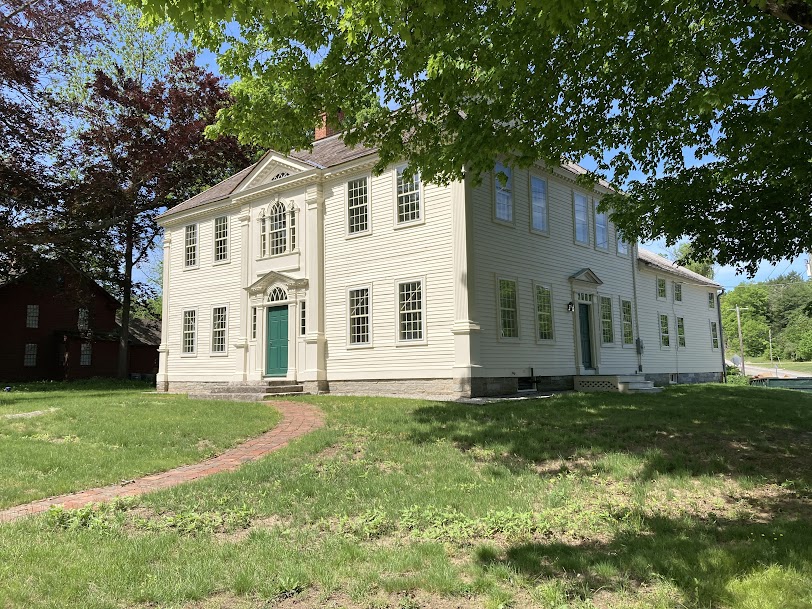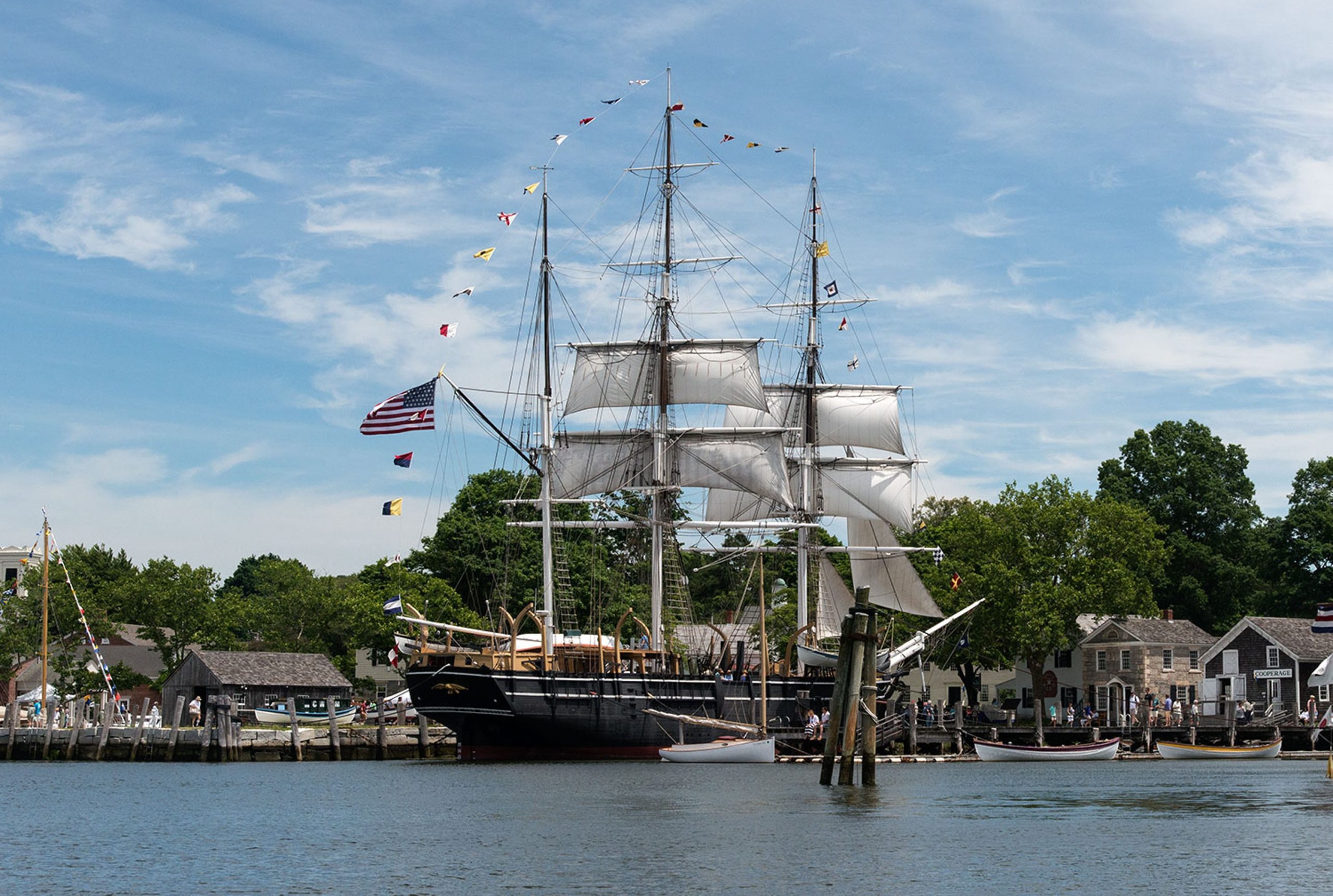Prudence Crandall Museum
In 1832, Prudence Crandall, the white principal of the Canterbury Female Boarding School, was approached by a young Black woman named Sarah Harris asking to attend the school. Encouraged by conversations with both Harris and Maria Davis, a Black woman who worked for Crandall and shared copies of the abolitionist newspaper The Liberator with her, Crandall agreed to admit Harris.
When residents protested the school’s integration and parents threatened to withdraw their students, Crandall closed her school and reopened in 1833 for Black and Brown students. Students traveled from several states to attend the school. Connecticut responded by passing the “Black Law,” which prevented out-of-state Black and Brown people from attending school in Connecticut towns without local town approval.

Crandall was arrested, spent one night in jail, and faced three court trials before the case was dismissed. In September 1834, a nighttime mob attack closed the school.
These events made national and international news in the 1830s and galvanized the burgeoning abolitionist movement. Many of the students, such as Julia Williams, Mary Miles, and Mary Harris, went on to become educators, reformers, and leaders in their communities.
Crandall v. Connecticut impacted two U.S. Supreme Court decisions: Dred Scott v. Sandford and Brown v. Board of Education, Topeka and laid the framework for the 14th Amendment to the U.S. Constitution.
The Prudence Crandall Museum is a National Historic Landmark located at 1 South Canterbury Road, Canterbury, CT. Prudence Crandall is Connecticut’s Official State Heroine.
CRIS Solution
Visitors to the Prudence Crandall Museum can listen to recordings about how Prudence Crandall worked with Maria Davis and Sarah Harris to open a school of higher education for Black and Brown young women. The Canterbury Female Boarding School has left a national legacy of education, citizenship, early civil rights activism, and leadership through Crandall’s court cases and the lives of the students after the school closed. The CRISAccess Tour is triggered by a visitor’s smartphone when it scans QR Codes displayed at the museum. This CRISAccess Audio Tour is available to all museum visitors, but particularly enhances the experience for visitors who have low-vision or print challenges and have difficulty reading the printed signs displayed at the museum.
Crandall’s commitment to educating children of color resulted in her arrest, three court trials, and a mob attack on the school, it also promoted the abolitionist movement. More than three decades after her arrest, Crandall’s efforts contributed to the passage of the 14th Amendment, which granted citizenship to all persons "born or naturalized in the United States," including formerly enslaved people, and provided all citizens with “equal protection under the laws.” This amendment was passed by the U.S. Senate in 1866 and ratified two years later in 1868.
Welcome
What Happened Here?
Setting the Context - Canterbury Female Boarding School
Student Close-Up: Anna Mariah Davis
Impactful Factor: Race
Student Close-up: Sarah Ann Major Harris
Action and Reaction: Sarah Harris Asks to Attend
Second Action: Crandall Re-Opens the School
Action and Reaction: Connecticut Passes the "Black Law."
Action and Reaction: Escalating Violence
Action and Reaction Unfairly Accused: Frederick Olney
Action and Reaction: Crandall v. Connecticut: School on Trial
School Legacy The 14th Amendment https
School Legacy Two US Supreme Court Cases
School Legacy After the School Closed: The Social Network
Bienvenidos
¿Qué Pasó aquí?
Presentando el contexto
Vista de cerca de la estudante - Ann Maria Davis
Un factor impactante - La raza
Vista de cerca de la estudiante - Sarah Ann Major Harris
Acción y reacción-Primera acción: Sarah Harris solicita poder asistir a la escuela
Acción y reacción: Segunda Acción: Crandall vuelve a abrir la escuela
Acción y reacción: Connecticut aprueba la Ley Negra
Acción y reacción: Creciente violencia
Acción y reacción: Acusado injustamente: Frederick Olney
Acción y reacción: Crandall contra Connecticut: Enjuiciamiento de la escuela
Legado de la escuela: La 14 enmienda
Legado de la escuela: Dos casos ante el Tribunal Supremo de Estados Unidosé
Legado de la escuela: Después del cierre de la escuela: La red social


